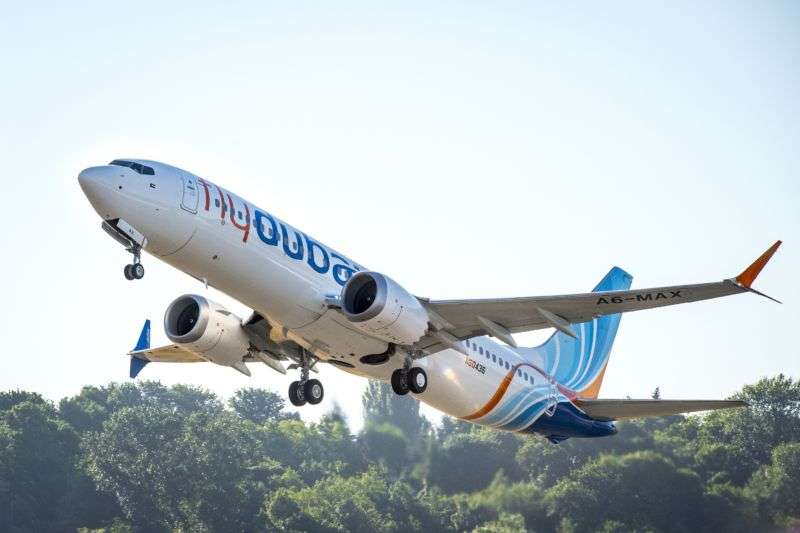
They didn’t buy the DLC: feature that could’ve prevented 737 crashes was sold as an option

The crashed Lion Air 737 MAX and the Ethiopian Airlines 737 MAX aircraft had more in common than aircraft design and the apparently malfunctioning flight system that led to their demises. Both of the planes lacked optional safety features that would have alerted the pilots to problems with their angle of attack (AOA) sensors—the input suspected of causing the Maneuvering Characteristics Augmentation System (MCAS) software to put both aircraft into a fatal dive.
The New York Times reports that both vehicles lacked an “AOA disagree” light—a warning light that indicates when the aircraft’s two AOA sensors provide different readings—and an angle of attack indicator. Since the MCAS system relied only on one of the aircraft’s AOA sensors, the disagree light and AOA indicator would have given the flight crew visible evidence of a sensor failure and prompted them to disable the MCAS. But both of these features were sold by Boeing as expensive add-ons. And many discount and smaller airlines declined to purchase them, as they were not required by regulators.
According to the Times, a “source familiar with the changes” said that the AOA disagree light will be added to the digital flight displays as part of an update to MCAS software. That update is expected to be deployed by no later than the end of April. The AOA indicator on the digital display will remain an add-on option.
All about angles
The 737 MAX MCAS is a significant change from the avionics of previous Boeing 737s and is required because of the MAX aircrafts’ much larger engines and the resultant change in handling. The MCAS includes a feature that determines when the aircraft is pointed upward relative to the flow of air across its surface at an angle that could lead to the loss of sufficient lift to keep the airplane flying—what’s known as a stall. To prevent a stall, MCAS (like other anti-stall systems on commercial aircraft) adjusts the aircraft’s tail stabilizers to push the nose of the aircraft down, boosting its airspeed.
The AOA sensor is what MCAS relies upon to determine whether the aircraft is close to reaching that stall condition. But even though the 737 MAX has multiple AOA sensors for redundancy, MCAS relied on only one of them at a time for input. That’s now being changed in the software update.
Boeing has been taking other measures to correct its own stall. According to a Daily Beast report, Boeing’s lobbyists made $827,000 in political contributions in February. The donations, which were reflected in a recently filed Federal Election Commission report, were the most that Boeing has ever donated in a single month to political campaigns.
As Ars reported last week, the Department of Justice and Department of Transportation are now conducting an investigation into Boeing’s original safety certification process. Engineers who worked at Boeing reported that the company’s analysis of the safety impact of the MCAS system misled Federal Aviation Administration officials about the actual risk associated with the system, and Boeing oversaw most of the aircraft’s safety certification itself.




